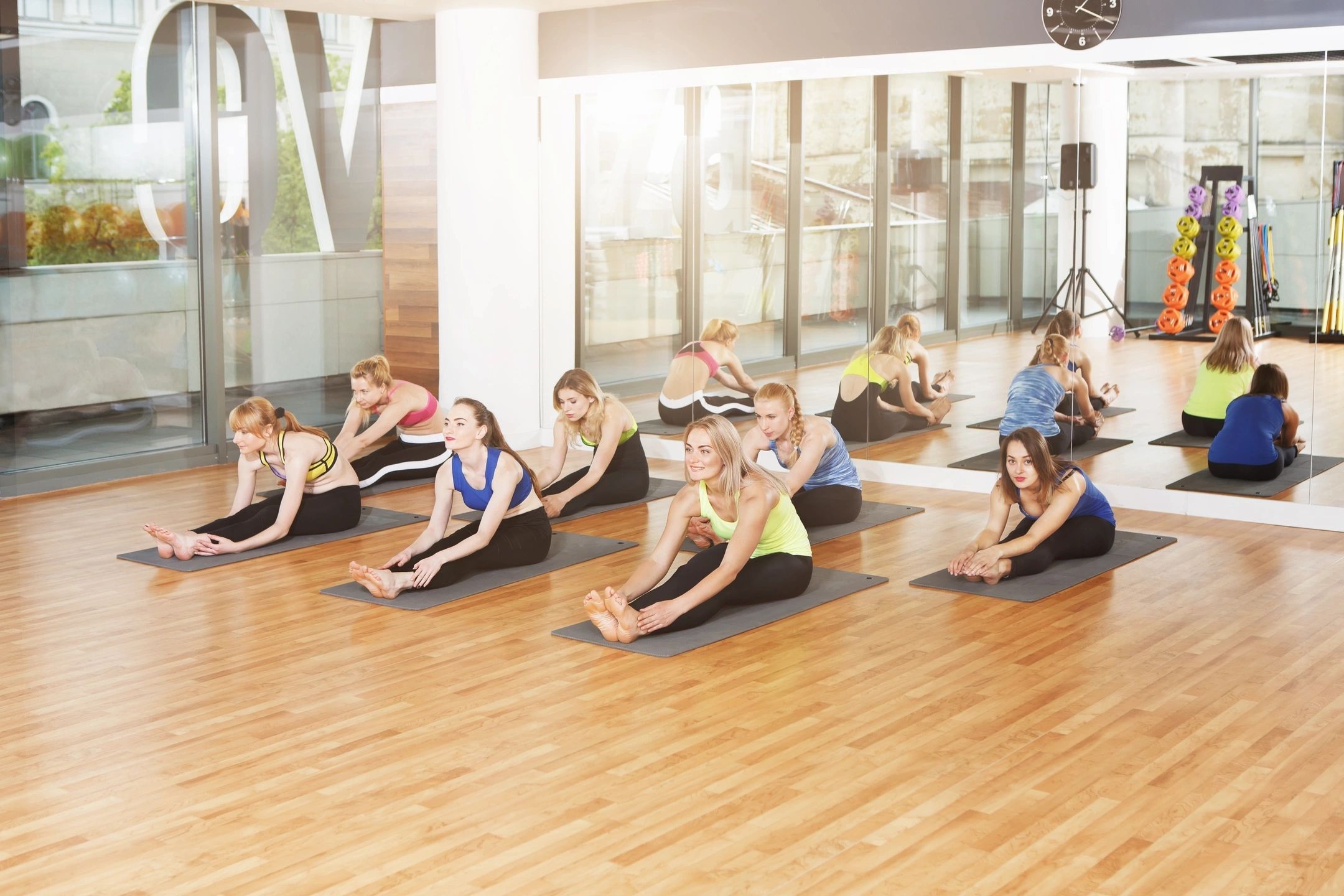Fall clean up
Fall clean up is upon us. For most this includes: Lifting and moving patio furniture, organizing garages, raking and dragging leaves. All these activities can bring on injury, especially in the low back. Proper identification and preparation can prevent injury and optimize time spent performing these chores.
Identification – Can I lift and carry this item without sustaining an injury?
When preparing to perform lifting tasks it is always important to size up the item that is to be lifted. Items that are too large or awkward may require assistance, and proper technique is always needed to avoid injury, even with a 2+ person lift.
Preparation – Have I properly loosened up to lift this object?
It may seem silly to think that you should need to provide time to warm up prior to performing lifting tasks, but for lifters who are advanced in age or have had prior injury, it can be essential to avoid reinjury. Warm ups consisting of use of heat or stretching techniques can significantly decrease risk of injury/reinjury. For persons who have forgotten or have not been educated in such techniques, resources such as the internet or your physical therapist can be utilized.
Technique – Am I lifting this object correctly?
Even smaller, lighter objects can cause injury with repetition or incorrect posture. It is important to assess posture when performing these lifting tasks. Straight back, use of legs, item held close to the body are some of the finer points of lifting that cannot be ignored. Also, with regards to multiple person lifts, teamwork is vital for injury prevention. Having a team leader to count “1,2,3,lift.” Can be important to insure proper technique.
Pacing – Have I done too much, too quickly?
In the race to finish, sometimes the lifter can perform these tasks too quickly or sloppily but if they continue over a longer period of time that may worsen the injury/reinjury. Knowing “When to say when” is also important for injury prevention. Taking frequent breaks every 30 to 60 minutes (dependent on personal ability and tolerance) can help to prevent injury as well.
In summary, injury caused by repetitive fall cleaning activities can be lessened or avoided by these simple points of emphasis. As always, if you do sustain an injury, you should consult your physician and come and see your friends at Wilton PT.


